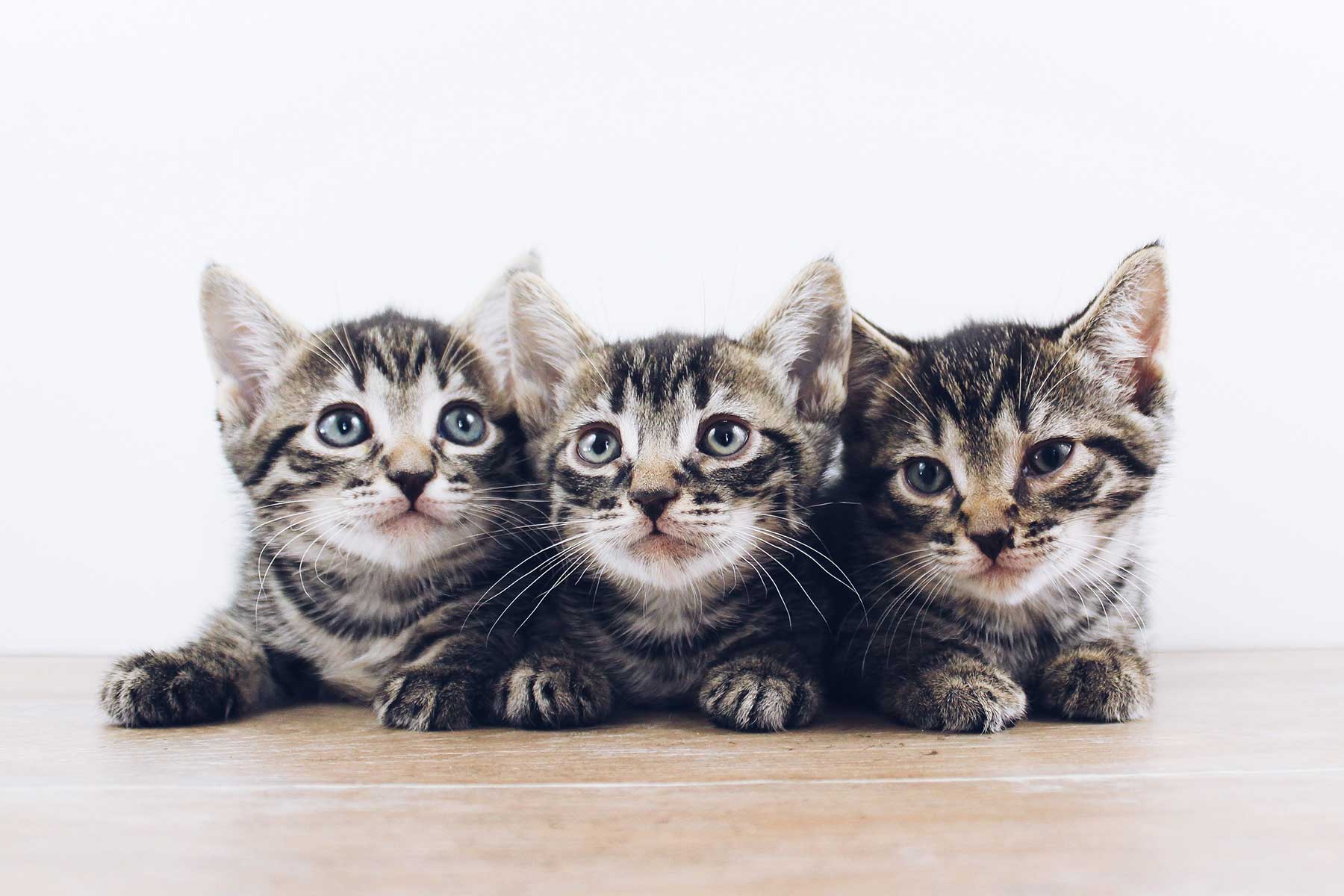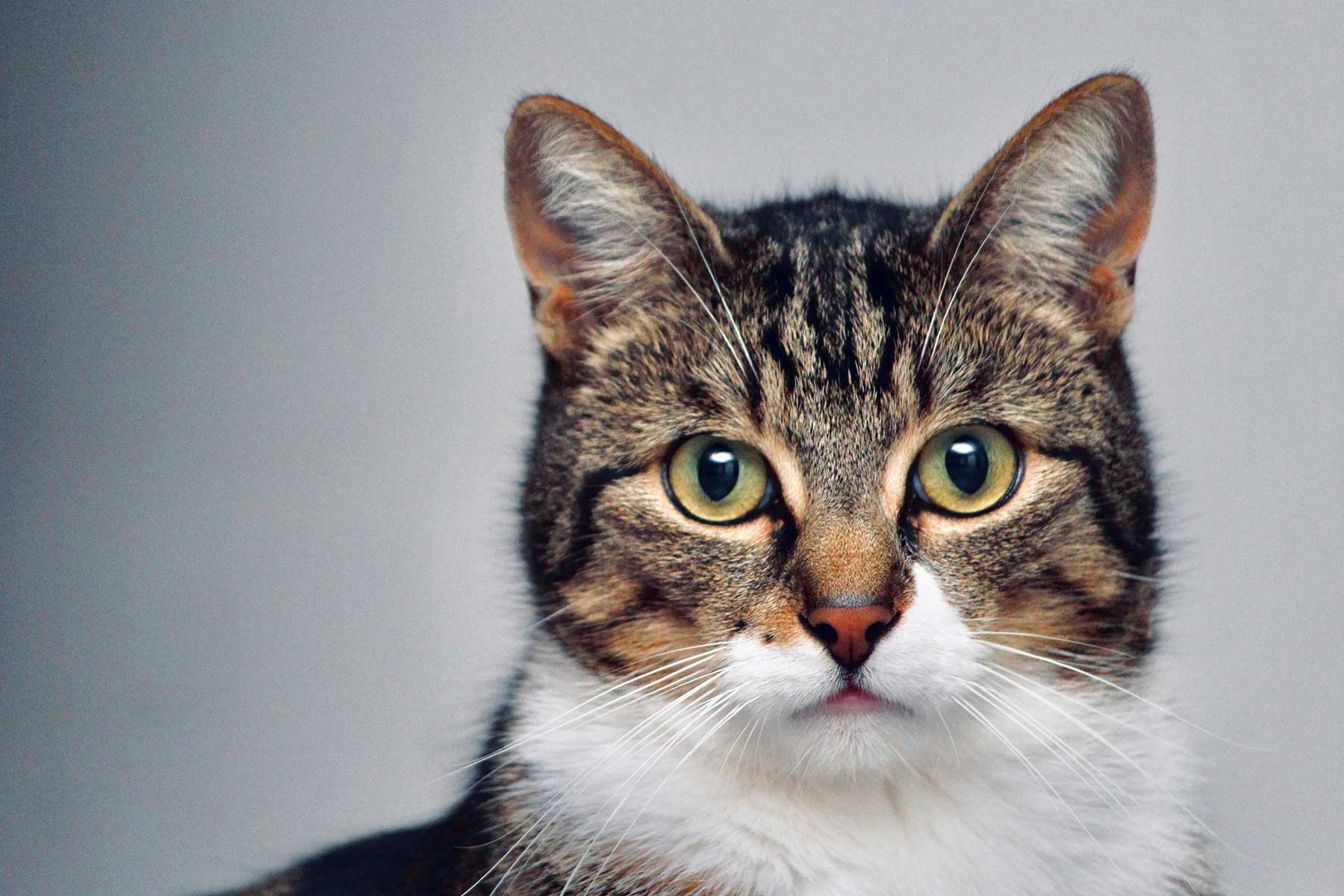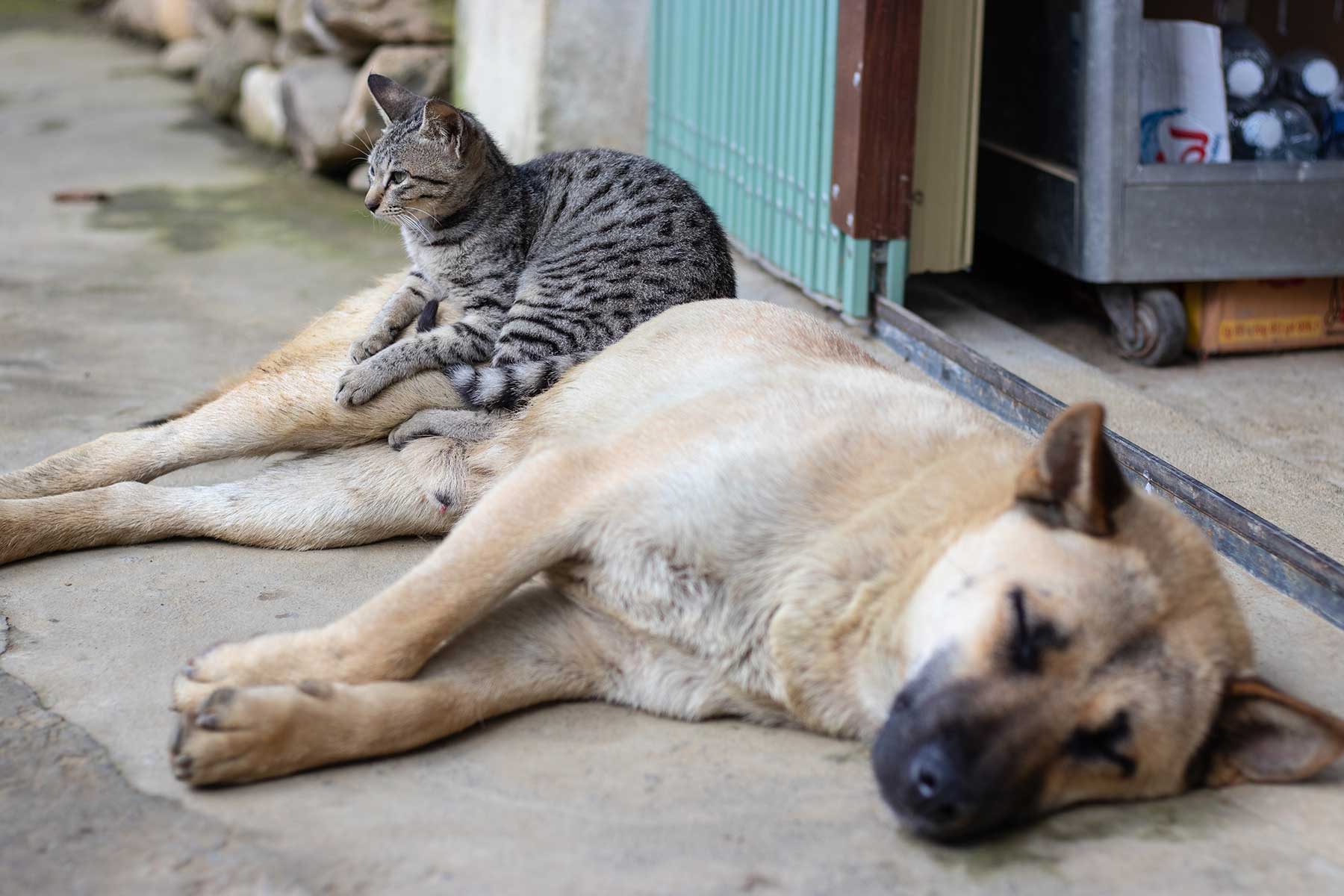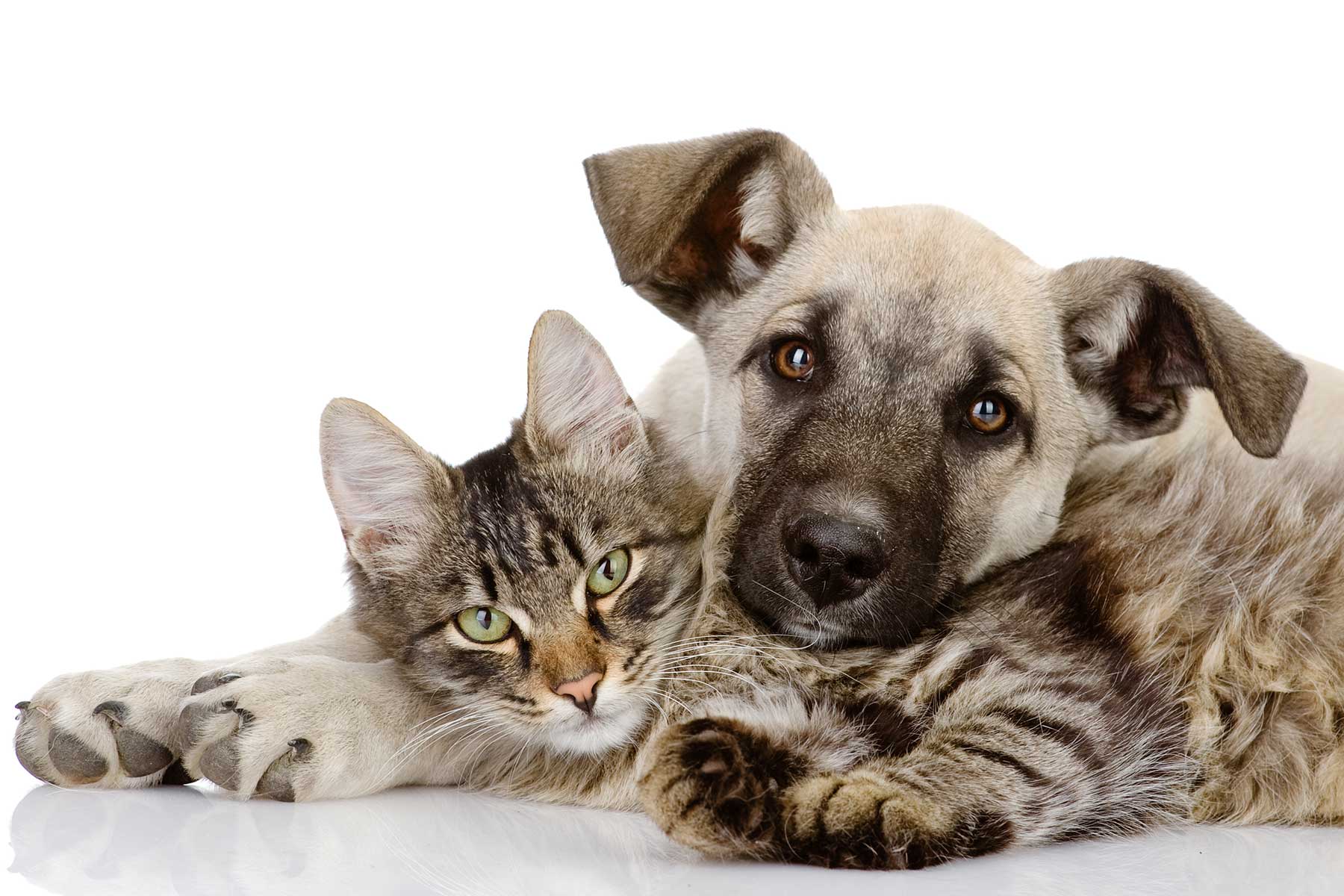Sitting on a park bench by your favourite lake, river or water body and watching local wildlife busy at work and play is a relaxing pasttime for most. At the same time tossing a few slices of stale bread to seemingly hungry creatures adds a new sense of reward to your day. Whilst many people find it irresistible to feed wild fauna the damage can be irriversible for both the environment and the generations of fauna ahead. This article talks about the long term effects of feeding birds with human foods such as bread and mince.
Feeding birds human foods such as bread and mince is an enjoyable pastime for some but over time this activity has a negative impact on the health and well being of our wildlife. The most significant impact is on a bird’s dietary balance.
When birds become reliant on ‘human food’ they may stop eating their natural food. Dietary imbalances such as calcium deficiencies prevent the development of strong bones, beaks and immune systems in young birds, they also lead to malnutrition and disease. In metropolitan areas these problems are seen in rescued birds treated by wildlife carers and veterinarians.
Over time birds can also be exposed to starvation. Often occuring when they become reliant on a human carer (feeder). The threat of starvation occurs when a carer stops feeding, for example they move house, go on extended holidays or stop visiting the park.
Throwing bread into a body of water such as a lake or feeding birds in the water has specific ramifications to the natural environment. When bread is added to a water body, it can increase the phosphorus level well in excess of natural occurrences. The presence of excessive phosphorus encourages algal bloom.
The best thing you can do for our fauna is to admire and listen from a distance. By doing so you are ensuring the continued health of our fauna for generations ahead.











